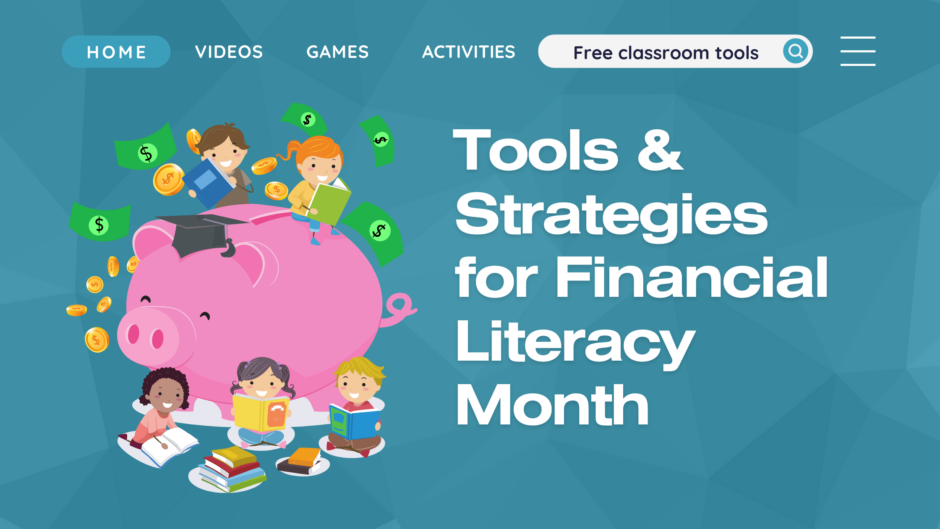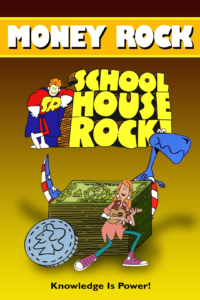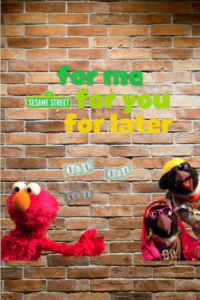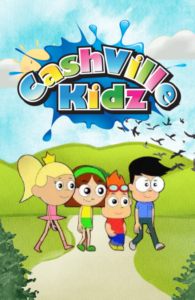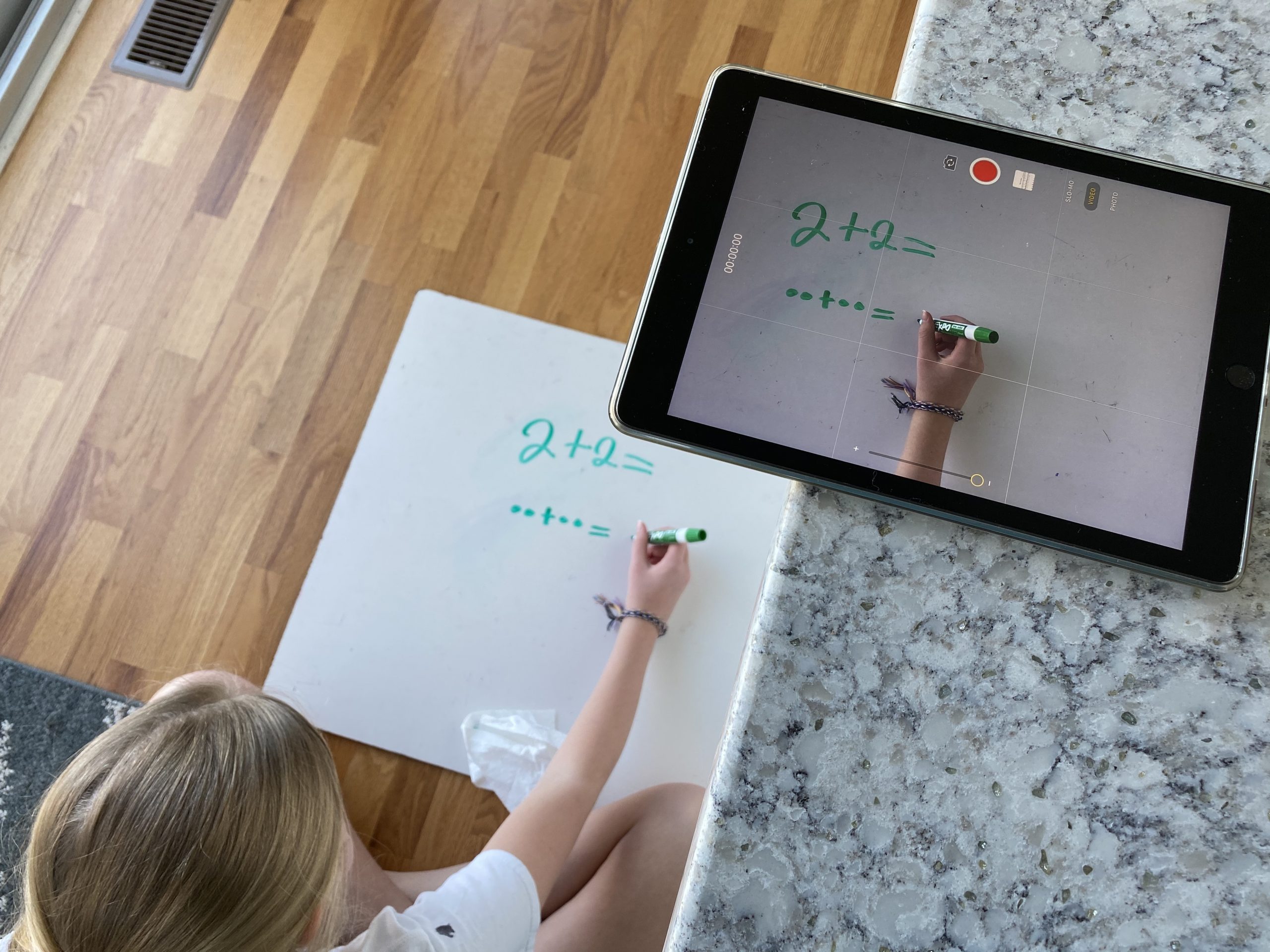Every April is Financial Literacy Month, raising awareness of how important it is to achieve financial literacy and maintain smart money management habits. Learning this early can really ignite today’s generation into future financial savvy adults.
EVERFI
One of my favorite go-to places for financial literacy is Everfi.com. Everfi is not only free for teachers and K-12 students, but they also offer professional learning resources for teachers and will meet with you one-on-one on how Everfi can best fit into your classroom. In Elkhart, we have Everfi rostered through Clever, so signing in is a breeze. I especially like the Youth Entrepreneurship curriculum course where students start their own food truck business, learn to write a business plan, hire a team, hone their pitch, and balance a budget! Want to start with the basics? Check out the Financial Literacy courses for elementary students, Middle school students, and high school students.
Video PSAs
Try this brilliant tech-savvy tip during Financial Literacy Month! In Shawn Brigham’s classroom, students produce Video Public Service Announcements (PSAs) covering various financial advice. This approach is straightforward, impactful, and taps into a medium many students are familiar with today!
Couple Shawn’s idea with a video template found in the Canva for Education Next Gen Personal Finance Template Collection. The video template enables students to craft their personalized, animated PSAs focused on saving tips. This template is versatile, fitting for any financial literacy subject.
Games
Engage secondary students in financial decision-making with free online games from Next Gen Personal Finance. Boost critical thinking skills by pairing gameplay with insightful activity worksheets and reflection questions. Take it to the next level and get a friendly competition going with a DIY leaderboard in your classroom. These games are for grades 6-12 and can “hook” students on thinking about finances.
Do you have sports enthusiasts in your classroom? Check out these online games that allow students to practice their money skills and knowledge with Financial Football 3.0. Other games include money memory puzzles and coin counting. Educators have access to lesson plans from Pre-K to 12!
For games tailored to elementary explore the H.I.P. Pocket Change Kids Site, a part of the U.S. Mint. Students will learn more about coins while playing fun, educational games. Teachers also have access to free education resources, such as coin activities, lesson plans, videos, and more.
Looking for some offline practice? Try these activities to teach kids about the magic of compound interest. Printable games for a variety of ages, ranging from age 4 to 19. This site really does break down compound interest so that it becomes straightforward for students. Here is one way they break it down:
Placing $10,000 in an account with a 5% interest rate and leaving it untouched for one year yields over $500 in interest. After the second year, the interest grows to $1,000. By the end of the third year, the interest accumulates to over $1,600.

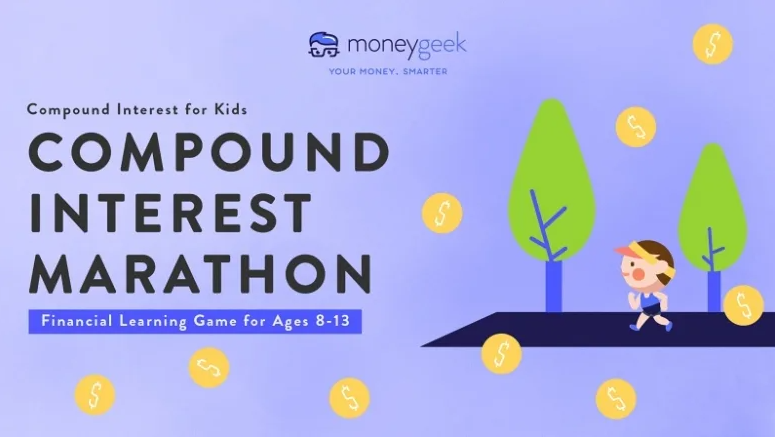
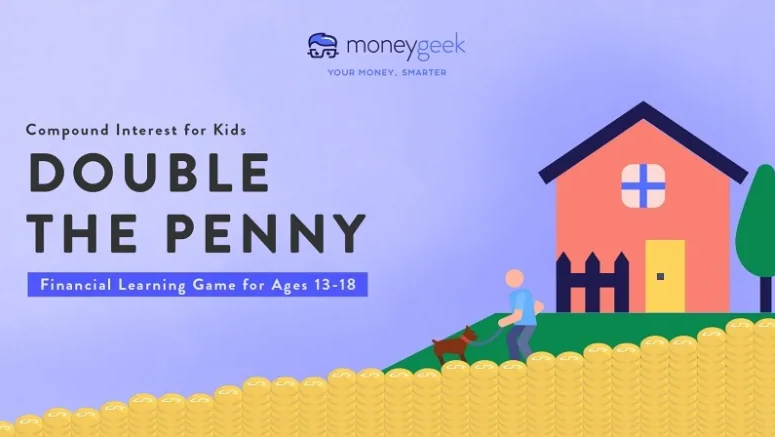
Videos
A great way to introduce topics to students of all ages is through video. If you come from a certain generation, you may remember learning about math, grammar, history and civics through Schoolhouse Rock! If so, you’re in luck: this classic series has a list of 8 videos called Schoolhouse Rock Money Rock, all available on YouTube. If you have no idea what SchoolHouse Rock was, check it out today!
Although many students won’t know who Warren Buffet is, I think we can agree that students can understand what a millionaire is. Check out this series of animated elementary videos based on PFL lessons lessons from Warren Buffet himself! The Secret Millionaire’s Club videos teach the basics of good financial decision making and starting a business. Students will even encounter guest stars such as Jay Z, Shaquille O’Neal, Nick Cannon, Kelly Rowland, Bill Gates, and more!
Another animated elementary video series with financial literacy lessons is CashvilleKidz. These videos are based around four friends in a band with money issues. These videos are meant for students ages 8-11 and focus on a specific financial lesson about saving money, developing positive spending habits and investment, and highlights the importance of striking a balance between managing one’s finances and spending time with friends and family.
Our younger pre-school and primary students can also learn about money with Sesame Street Workshop’s FInancial Education Initiative in the Sesame Street: For Me, For You, For Later seven video series. Students will learn the value of money by understanding what it means to save, spend, and share with the characters they love, like Elmo and Cookie Monster. Teachers can also get some free printables in English and Spanish here.
Our older students can learn all things economics in a series of crash course videos. These short 8-10 minute videos are based on introductory college level curriculum and cover over 35 topics. Crash Course offers videos on all kinds of school subjects, not just Economics, so check them out today!
Reading & Activities
Try combining reading, economics, and personal finance into life lessons with entertaining stories that feature “money morals”. FInancial Fables from the Fed are quick, interactive online tales where students can learn useful financial management skills. Teachers also have access to activities and resources!
Khan Academy offers a whole personal finance course that takes students through saving and budgeting, interest and debt, housing and car expense, all the way to paying for college and keeping information safe.
Put the fun in Financial education with Funancial $marts for Kids. You can download the elementary, middle school, or high school activity book to get your students learning about making good choices about saving, spending, and budgeting money.
In conclusion, Financial Literacy Month emphasizes the importance of early financial education in shaping responsible adults. Initiatives like classroom video PSAs and interactive games enhance learning engagement. Educational videos ranging from classic to modern offer valuable lessons in an entertaining format. Complementary resources, such as narrative-based stories and interactive activities, further reinforce financial concepts. By leveraging a variety of teaching methods, we equip students with essential financial skills for the future.
